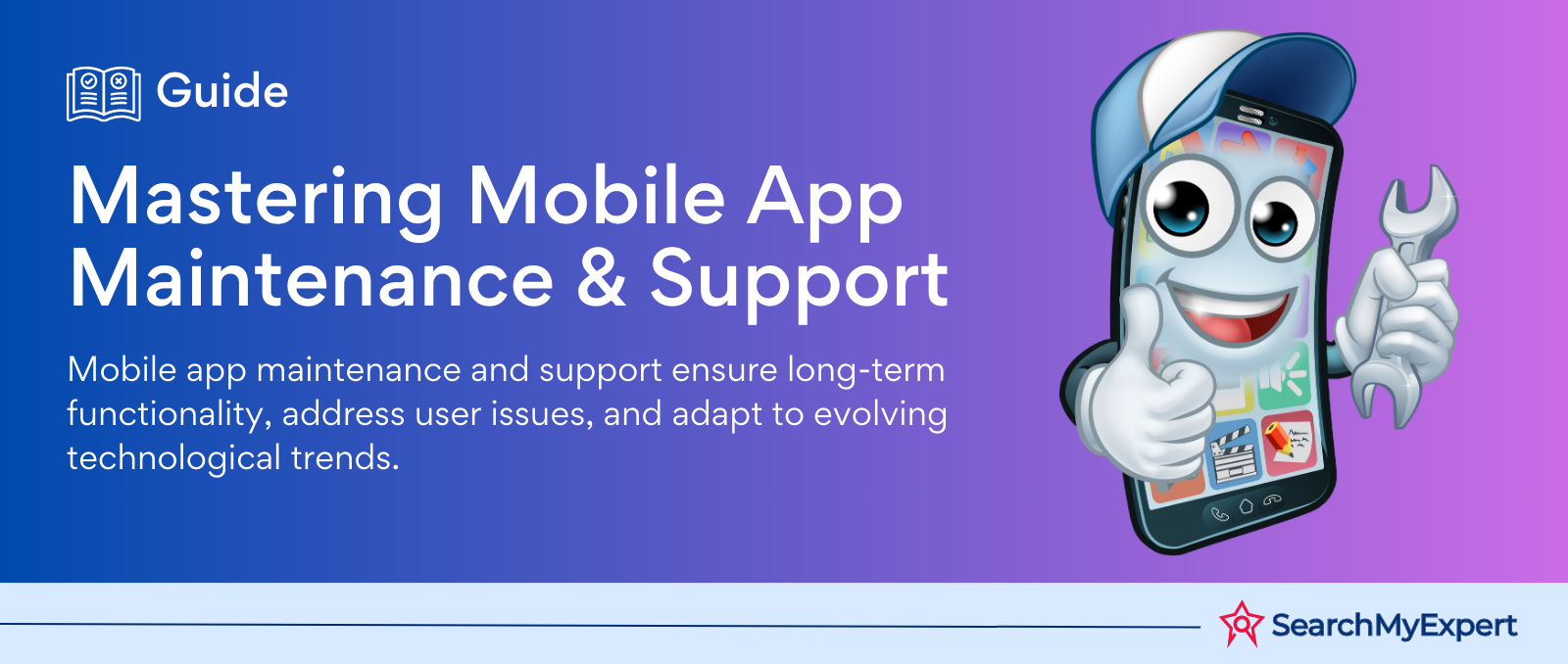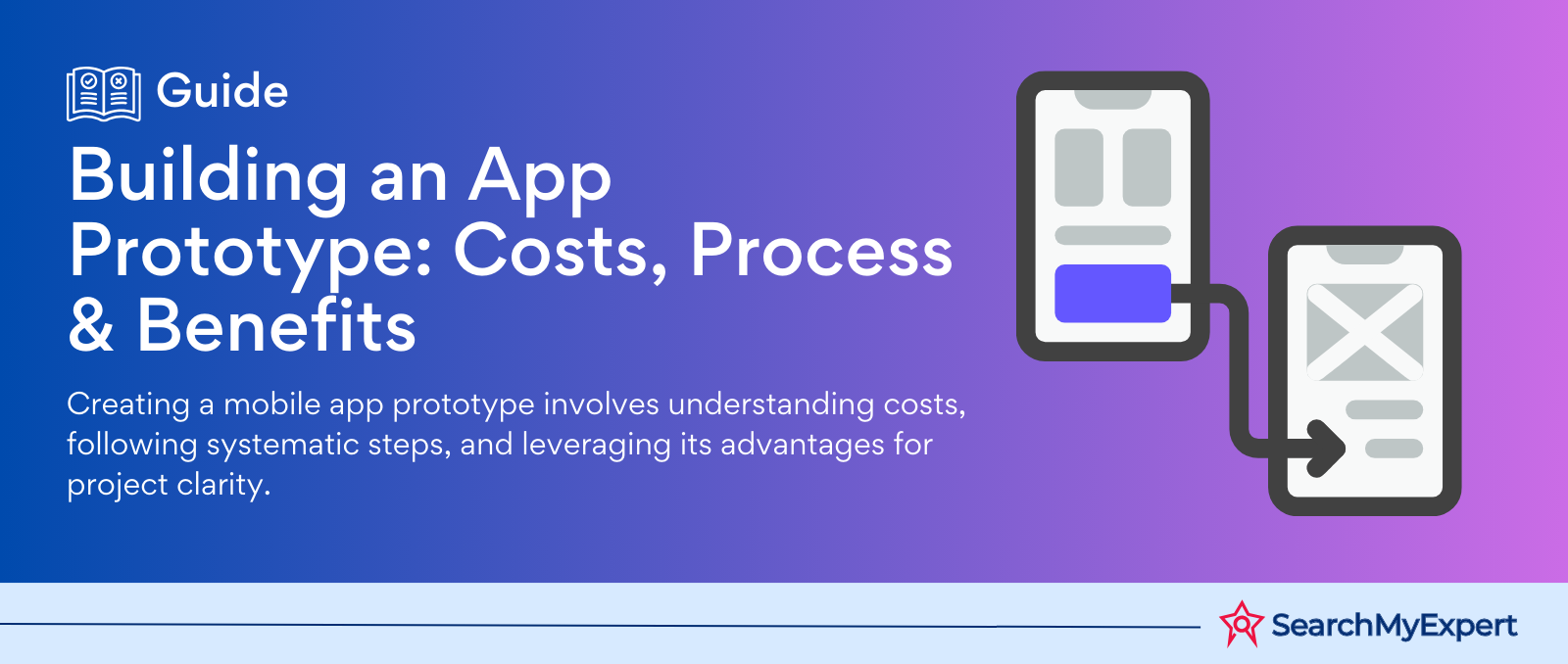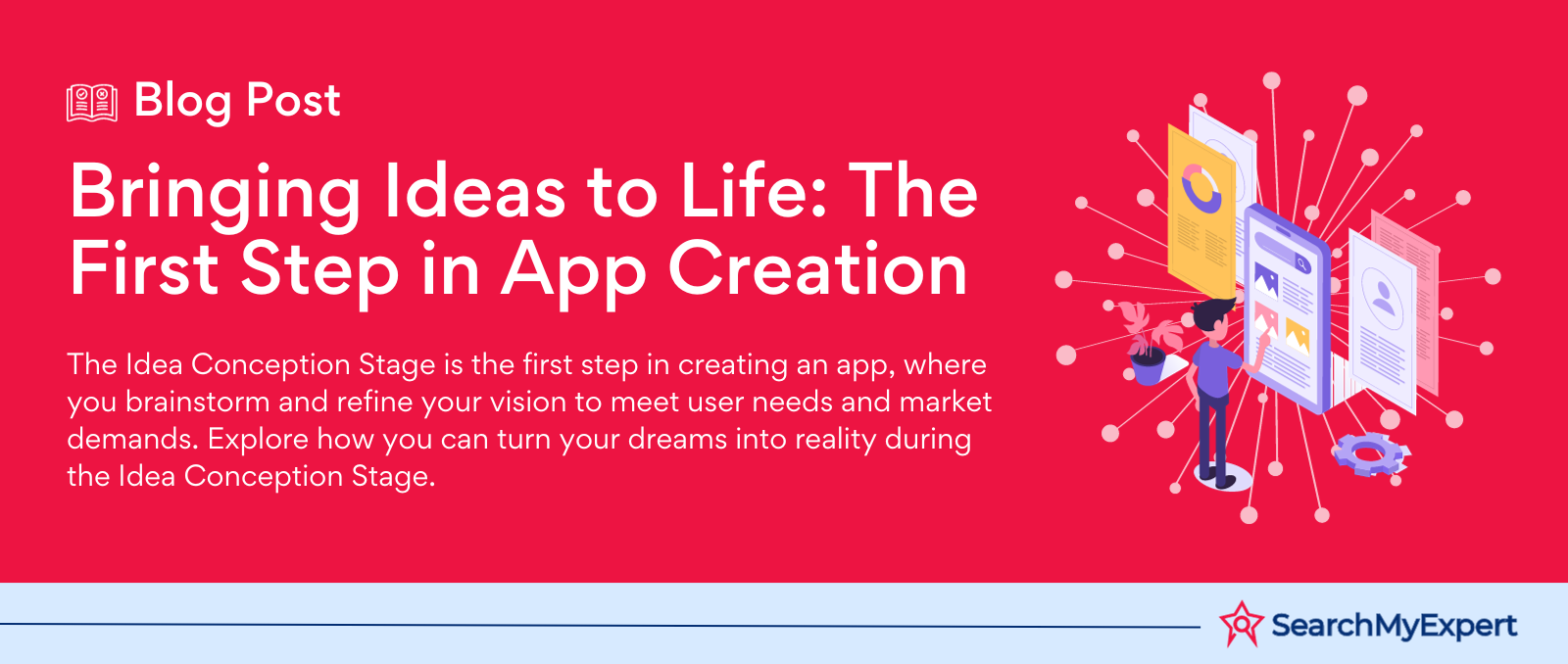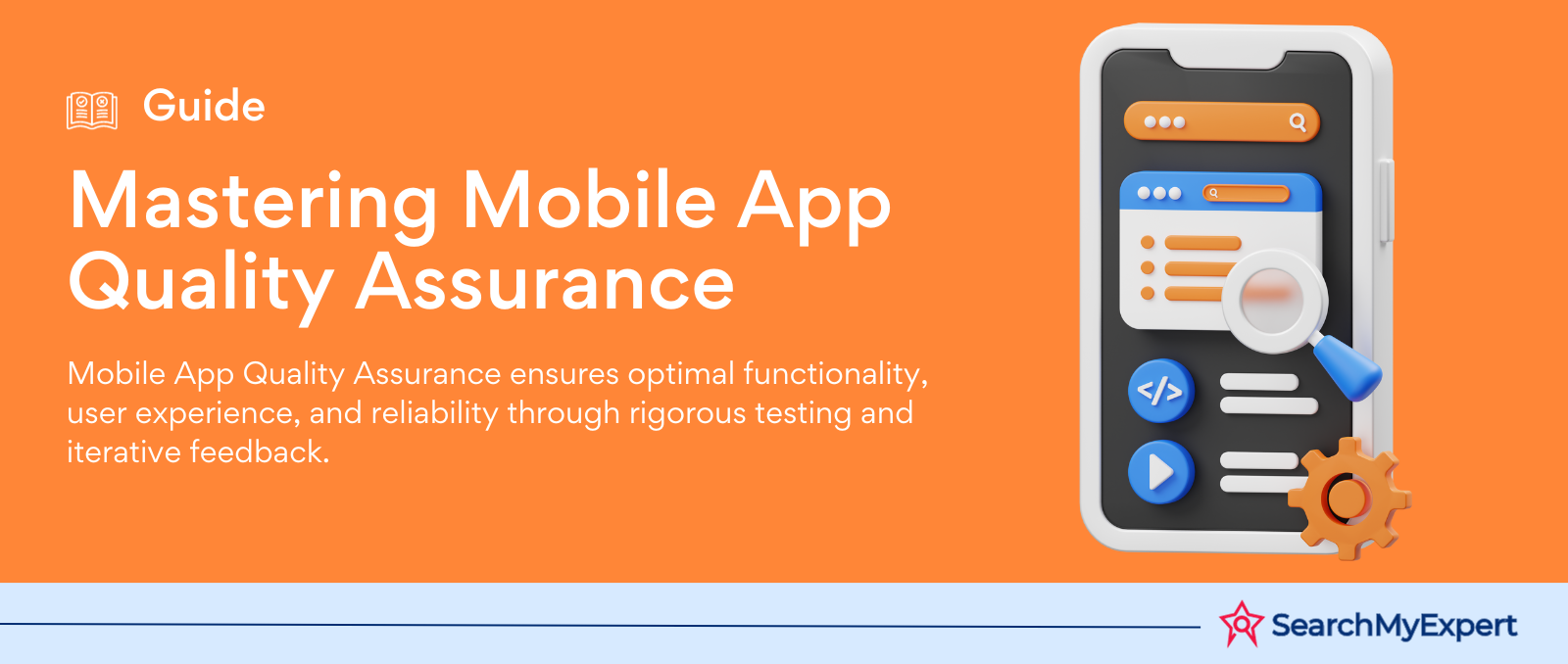Comprehensive Guide to Software Development: From Basics to Emerging Tech

Software development is like crafting art. It's the process of creating, designing, deploying, and maintaining software applications running on any computing device. Software is everywhere - from our smartphones to our cars. Let's dive into its heart.
Definition and Fundamentals
Software development isn't just about writing code. It's about solving problems, enhancing user experience, and bringing ideas to life. At its core:
- Problem Solving: Developers find solutions to user needs or business problems.
- Coding: The act of writing instructions for computers using programming languages.
- Design: Making software aesthetic and user-friendly.
- Testing: Ensuring the software works flawlessly.
- Maintenance: Continual updates to improve the software.
History of Software Development
The journey began in the 1940s. Pioneers like Ada Lovelace and Alan Turing set the stage. Key milestones:
- 1940s: The first computer programs written for early computers.
- 1960s: Birth of high-level languages like COBOL and FORTRAN.
- 1980s: The rise of personal computers. Microsoft and Apple changed the game.
- 2000s: The internet era. Websites, apps, and cloud computing took center stage.
Importance in Modern Technology
Our world thrives on software. From online shopping to space exploration, software powers it. Key areas:
- Healthcare: Software aids in diagnostics and patient care.
- Entertainment: Think Netflix or Spotify.
- Business: ERP systems, CRM tools, and more.
- Education: e-Learning platforms are revolutionizing learning.
Future Trends
- AI in Software Development: Automating code generation, predicting bugs, etc.
- Low-code/No-code Developments: Simplifying software creation without extensive coding.
- Quantum Computing: The next frontier, offering unmatched computational power.
The future is bright, with software development at its core. The blend of creativity and logic is what makes it so captivating.
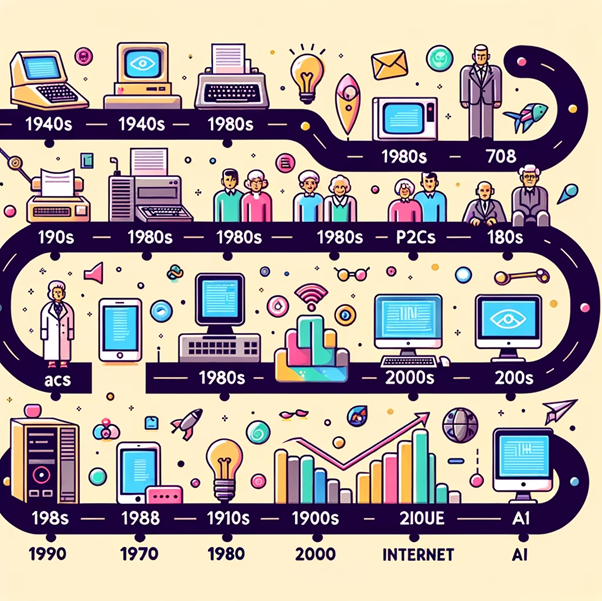
Discuss Types of Software Development
Software development is vast, like a sprawling city with many neighborhoods. Each type has its unique charm, intricacies, and purpose. Let's embark on a journey through these diverse avenues.
Web Development
The World Wide Web is like the bustling heart of our digital city.
- Front-end: The face of a website. It's what users see and interact with. Tools like HTML, CSS, and JavaScript make it vibrant and dynamic.
- Back-end: The brain behind the operation. It processes data, executes logic, and communicates with databases. Think of languages like Python, Ruby, and PHP.
- Full Stack: The all-rounders. These developers are proficient in both front-end and back-end. They build the entire web application.
Mobile App Development
In the era of smartphones, apps reign supreme.
- iOS: Developed exclusively for Apple devices. Swift is the popular language here.
- Android: Powers the majority of smartphones worldwide. Kotlin and Java are the go-to languages.
- Cross-platform & Hybrid: Write once, run anywhere. Tools like Flutter and React Native allow for apps that work on both iOS and Android.
Desktop Software Development
Though web and mobile are dominant, desktop applications still hold value. Think Photoshop or Microsoft Word. They offer robustness and can leverage the full power of the computer.
Database Development
Every application needs to store data. Databases are the massive vaults where it's kept. Developers design, implement, and manage these databases, ensuring data integrity and security.
API Development
APIs (Application Programming Interfaces) are like the highways connecting different parts of our city. They allow different software components to communicate and share data. For instance, when you log into a website using your Google account, APIs are at work.
Software development is a blend of art and science. Each type offers unique challenges and rewards. Whether browsing a website, using an app, or working on a desktop application, there's a dedicated team of developers behind the scenes, ensuring you have a seamless experience.
Explore Software Development Methodologies
When building software, it's not just about the final product; it's about the journey. Software development methodologies are the roadmaps that guide this journey. Let's embark on an exploration of these methodologies and their unique flavors.
Agile
Agile is like a fast-paced dance. It emphasizes:
- Flexibility: Quick to adapt to changes.
- Collaboration: Constant communication among team members.
- Incremental Progress: Delivering software in small, functional chunks.
Scrum
A subset of Agile, Scrum is structured yet flexible. It's characterized by:
- Sprints: Short, time-boxed periods to complete specific tasks.
- Scrum Master: Ensures the team follows Scrum principles.
- Daily Stand-ups: Quick meetings to discuss progress and challenges.
Kanban
Visual and dynamic, Kanban uses cards and boards to:
- Visualize Workflow: See tasks as they move from 'To Do' to 'Done'.
- Limit Work in Progress: Ensures focus and reduces multitasking.
- Improve Flow: As one task is completed, another begins.
Waterfall
The classic approach. Waterfall is linear and sequential:
- Requirement Analysis: Gather all requirements upfront.
- Design, Code, Test: Each phase follows the previous one.
- Deploy: Only after all previous steps are complete.
DevOps
A culture is more than a methodology. DevOps bridges development and operations:
- Continuous Integration: Code is regularly integrated and tested.
- Continuous Deployment: Changes are automatically deployed to production.
- Collaboration: Developers and operations work closely together.
Lean
Inspired by manufacturing, Lean focuses on:
- Eliminating Waste: Anything that doesn't add value is removed.
- Continuous Improvement: Regularly refine and improve processes.
- Deliver Fast: Reduce the time from concept to delivery.
Feature-Driven Development (FDD)
As the name suggests, FDD is all about features:
- Develop Overall Model: Understand the big picture.
- Build Feature List: Break the system into features.
- Plan, Design, Build: Each feature is developed in this sequence.
Extreme Programming (XP)
XP pushes the boundaries of traditional development:
- Pair Programming: Two developers work on the same code.
- Continuous Feedback: Regular reviews and adjustments.
- Simplicity: Do what's needed and no more.
In the vast universe of software development, methodologies are the guiding stars. They ensure projects stay on course, teams collaborate effectively, and the end product shines brilliantly.

Cover Programming Languages
Programming languages are the very essence of software development. They're the tools developers wield to craft digital masterpieces. Like artists have brushes, developers have languages. Let's dive into some of the most prominent ones.
JavaScript
A web superstar!
- Domain: Primarily for web browsers.
- Features: Dynamic, versatile, and supports event-driven programming.
- Popular Libraries: React, Angular, Vue.js.
Python
The Swiss army knife of coding.
- Domain: Web, AI, automation, and more.
- Features: Elegant syntax, vast libraries, and a robust community.
- Frameworks: Django, Flask, TensorFlow.
Java
Write once, run anywhere!
- Domain: Web, mobile (Android), and enterprise applications.
- Features: Object-oriented, platform-independent, and robust.
- Frameworks: Spring, Hibernate.
C
A gem from Microsoft.
- Domain: Windows applications, games (with Unity), and web.
- Features: Part of the .NET framework, object-oriented, and versatile.
- IDE: Visual Studio.
PHP
Web developer's old friend.
- Domain: Web development.
- Features: Server-side scripting, easy database integration.
- Popular CMS: WordPress.
Ruby
Elegant and intuitive.
- Domain: Web.
- Features: Object-oriented, dynamic, and clean syntax.
- Framework: Ruby on Rails.
Swift
Apple's prodigy.
- Domain: iOS, macOS, watchOS, and tvOS apps.
- Features: Fast, safe, and expressive.
- IDE: Xcode.
Kotlin
A modern touch to Android.
- Domain: Android apps (and beyond).
- Features: Concise, expressive, and interoperable with Java.
- IDE: Android Studio.
Programming languages are the lifeblood of software. Each language, with its unique syntax and capabilities, offers developers a different experience. Whether you're building a responsive website, a mobile app, or a machine learning model, there's a language tailored for you.
Review Development Tools and Environments
In the intricate world of software development, tools and environments play a pivotal role. They're the workbenches, the hammers, the brushes that developers use to shape their digital art. Let's delve into the suite of tools that aid in this craftsmanship.
Integrated Development Environments (IDEs)
IDEs are the ultimate toolkits for developers.
- Visual Studio: Microsoft's crown jewel. It's versatile, supporting languages like C#, C++, and more.
- Eclipse: Java developer's haven. Also supports other languages with plugins.
- IntelliJ IDEA: JetBrain's masterpiece. Primarily for Java but supports other languages too.
- Xcode: If you're into Apple's ecosystem (iOS, macOS), this is your playground.
Code Editors
Sleek, lightweight, and efficient.
- Visual Studio Code: A lightweight counterpart of Visual Studio. Extensible with plugins.
- Sublime Text: Speed and beauty combined. Offers a distraction-free coding environment.
- Atom: GitHub's offering. Open-source and highly customizable.
Version Control Systems
Keeping track of every change.
- Git: The reigning champion. Collaborate, track changes, and manage code.
- SVN: The old guard. Centralized version control.
Build Tools
Transforming code into working software.
- Jenkins: An automation server. Helps in continuous integration and continuous delivery.
- Maven: A build and project management tool, predominantly for Java.
- Gradle: Another favorite for Java. Also supports other languages.
Crafting software is a delicate balance of artistry and precision. These tools and environments offer developers the precision they need. They streamline processes, foster collaboration, and most importantly, turn the developer's vision into a tangible reality.
From the comprehensive capabilities of IDEs to the meticulous tracking of version control systems, every tool has its unique role in the grand tapestry of software development.
Focus on Software Testing
In the vast world of software development, testing stands as the vigilant gatekeeper, ensuring that what gets delivered is nothing short of excellence. Let's plunge into the critical realm of software testing, where the aim is perfection.
Test Planning
The blueprint for success.
- Strategy: Defining the approach and scope of testing.
- Resources: Identifying tools, environments, and personnel needed.
Types of Testing
Different facets for different needs.
- Unit Testing: Assessing individual components or units of the software.
- Integration Testing: Ensuring different units work seamlessly when integrated.
- Functional Testing: Validating that the software performs its intended functions.
- Performance Testing: Evaluating the software's responsiveness, stability, and speed.
- Security Testing: Identifying vulnerabilities and ensuring robust protection.
Test Automation
Speed and consistency combined.
- Benefits: Faster results, repeatability, and coverage.
- Tools: Selenium, JUnit, TestNG, and more.
Testing Tools and Frameworks
The arsenal for quality assurance.
- Bug Tracking: Tools like JIRA and Bugzilla to manage defects.
- Performance Tools: LoadRunner, Apache JMeter for load testing.
- Automation Frameworks: Data-driven, keyword-driven, and hybrid frameworks.
Software testing is not just about finding bugs; it's about ensuring quality, reliability, and a seamless user experience. It's the unsung hero of software development, working behind the scenes to deliver a product that not only meets but exceeds expectations.
In this intricate dance of code and functionality, testing ensures every step is in harmony, every move is precise, and the end performance is applause-worthy.
Dive into Software Project Management
Software Project Management (SPM) is akin to the maestro of an orchestra, guiding every instrument (or in this case, every development phase) to produce a harmonious symphony. Let's unravel the nuances of managing software projects with finesse.
Project Planning
The foundation of success.
- Scope: Defining the boundaries and objectives of the project.
- Timeline: Setting milestones and deadlines.
- Resources: Allocating personnel, tools, and budgets.
Risk Management
Anticipating the unforeseen.
- Identification: Recognizing potential threats or challenges.
- Assessment: Evaluating the likelihood and impact of risks.
- Mitigation: Planning steps to avoid or minimize risks.
Resource Allocation
Optimizing for efficiency.
- Personnel: Assigning the right tasks to the right people.
- Budgeting: Distributing financial resources judiciously.
- Tools and Technology: Choosing the best tech stack and tools.
Performance Monitoring
Keeping a vigilant eye.
- KPI Tracking: Monitoring Key Performance Indicators.
- Feedback Loops: Regular check-ins and reviews.
- Adjustments: Tweaking strategies based on feedback.
Software Development KPIs
Measuring success.
- Code Quality: Metrics like code reviews and defect density.
- Efficiency: Measuring output versus input.
- Customer Satisfaction: User feedback and reviews.
Project Management Tools
Digital aids for streamlined operations.
- JIRA: A popular tool for task tracking and agile project management.
- Asana: Great for collaboration and task management.
- Trello: Visual task boards for organizing work.
Managing a software project is a delicate balancing act. It requires foresight, agility, and meticulous planning. With effective SPM, teams can navigate the complexities of development, ensuring timely delivery, optimal resource utilization, and stellar software quality.
It's the art of orchestrating various moving parts, ensuring they come together in a cohesive, harmonious whole.
Discuss Software Documentation
Software documentation is the unsung hero of the tech realm. Think of it as the compass and map that guide users, developers, and stakeholders through the intricate maze of software applications. Let's delve deeper into the pages that illuminate the digital path.
Code Documentation
The coder's diary.
- Purpose: Explaining the 'how' and 'why' behind code snippets.
- Inclusions: Comments within the code, function descriptions, and variable clarifications.
Software Design Documentation
Blueprint of the software structure.
- Purpose: Providing a comprehensive overview of software architecture.
- Inclusions: System architecture diagrams, data flow diagrams, and interface designs.
User Manuals
The user's guiding star.
- Purpose: Assisting users in understanding and utilizing the software.
- Inclusions: Step-by-step guides, FAQs, troubleshooting tips, and screenshots.
Technical Specifications
The detailed recipe.
- Purpose: Describing the technical requirements and specifications.
- Inclusions: Hardware requirements, software dependencies, and performance criteria.
Software documentation serves multiple audiences. For developers, it's a reference point, ensuring continuity in development. For users, it's a guidebook, ensuring optimal utilization of the software. And for stakeholders, it's a transparent view into the software's design and functionality.
In essence, documentation is the bridge between the technical and non-technical realms, ensuring that software isn't just a jumble of code but a comprehensible and usable tool.
Talk about Quality Assurance in Software Development
Quality Assurance (QA) in software development is the guardian angel ensuring that what goes out into the world is nothing short of impeccable. It's the meticulous process of ensuring that software meets the highest standards of quality. Let's dive into the realm of QA and discover its magic.
QA Fundamentals
The building blocks of excellence.
- Purpose: Ensuring that the software meets specified requirements and is free of defects.
- Process: A systematic approach involving reviews, testing, and feedback.
Quality Control
The fine-tooth comb.
- Testing: Rigorous examination to identify and rectify defects.
- Reviews: Analyzing software artifacts like requirements, design, and code.
Standards and Compliance
Adhering to the rulebook.
- Industry Standards: Following best practices and norms set by industry bodies.
- Regulatory Compliance: Ensuring software meets legal and regulatory criteria.
Continuous Improvement Processes
The never-ending quest for perfection.
- Feedback Loops: Gathering user feedback to refine software.
- Iterative Development: Regularly updating and improving the software based on feedback and testing results.
Quality Assurance is the unsung hero, working tirelessly behind the scenes. It's not just about finding bugs; it's about ensuring a seamless, delightful user experience. Every bug fixed, every user feedback acted upon, adds another layer of polish to the software, making it shine brighter.
In essence, QA is the beacon of excellence, ensuring that every software product is a testament to quality, reliability, and user satisfaction.
Address Cybersecurity in Software Development
In the age of digital interconnectivity, cybersecurity in software development is the fortress guarding against malicious intents and vulnerabilities. It's the shield that protects software, data, and users from potential threats. Let's navigate through the digital ramparts and moats that keep the software realm secure.
Security Protocols
The code of conduct for digital safety.
- Authentication: Verifying the identity of users.
- Encryption: Scrambling data to ensure confidentiality.
- Authorization: Defining access levels for users.
Secure Code Guidelines
Crafting an impenetrable fortress.
- Input Validation: Ensuring that inputs are safe and expected.
- Code Reviews: Regularly reviewing code to identify and rectify vulnerabilities.
Threat Modeling
Anticipating potential adversaries.
- Identification: Recognizing potential threats to the software.
- Analysis: Evaluating the likelihood and impact of threats.
- Countermeasures: Deploying strategies to neutralize threats.
Security Tools and Best Practices
The arsenal for digital defense.
- Firewalls: Barriers preventing unauthorized access.
- Intrusion Detection Systems: Monitoring and alerting about potential threats.
- Regular Updates: Keeping software updated to patch known vulnerabilities.
Cybersecurity is more than just a technical endeavor; it's a mindset. It's about being proactive, anticipating potential vulnerabilities, and crafting strategies to defend against them. Every layer of security, every protocol, and every best practice adds another layer of defense, ensuring that the digital realm remains a safe haven for users and businesses alike.
In essence, cybersecurity in software development is the unsung sentinel, ever vigilant, ensuring the digital world remains secure and trustworthy.
Examine Emerging Technologies in Software Development
As we sail the vast seas of software development, the horizon always brings new wonders. Emerging technologies are the uncharted islands teeming with opportunities and innovations. Let's set sail and explore these digital frontiers.
Artificial Intelligence and Machine Learning
The digital brain.
- Purpose: Mimicking human cognition to automate tasks and make intelligent decisions.
- Applications: Personalized user experiences, predictive analysis, and natural language processing.
Blockchain Development
The unbreakable ledger.
- Purpose: Providing a decentralized, transparent, and tamper-proof system of records.
- Applications: Cryptocurrencies, smart contracts, and decentralized applications.
Internet of Things (IoT)
Everything's connected.
- Purpose: Interconnecting everyday objects to the internet to gather data and automate tasks.
- Applications: Smart homes, healthcare monitoring, and industrial automation.
Augmented and Virtual Reality (AR/VR)
Blurring the lines between digital and real.
- Purpose: Enhancing or simulating real-world experiences using digital overlays or immersive environments.
- Applications: Gaming, virtual tourism, and training simulations.
Emerging technologies are reshaping the very fabric of how we interact with software and the digital realm. They're not just trends; they're revolutions, heralding new eras of innovation, user experience, and capabilities. Each technology holds a promise, a glimpse into a future where software isn't just a tool but an integral part of our daily lives.
In essence, these technologies are the beacons guiding us towards uncharted territories, beckoning us to explore, innovate, and redefine the boundaries of what's possible.
Challenges:
- Keeping the app lightweight despite multiple features.
- Ensuring all features are seamlessly integrated and bug-free.
- Striking a balance between adding features and maintaining user-friendliness.
Software Development FAQs
share this page if you liked it 😊
Other Related Blogs

Mastering Docker for App Development: A Comprehensive Guide to Benefits, Use-Cases, and Alternatives
STAY UP TO DATE
GET PATH'S LATEST
Receive bi-weekly updates from the SME, and get a heads up on upcoming events.
Contact Us





